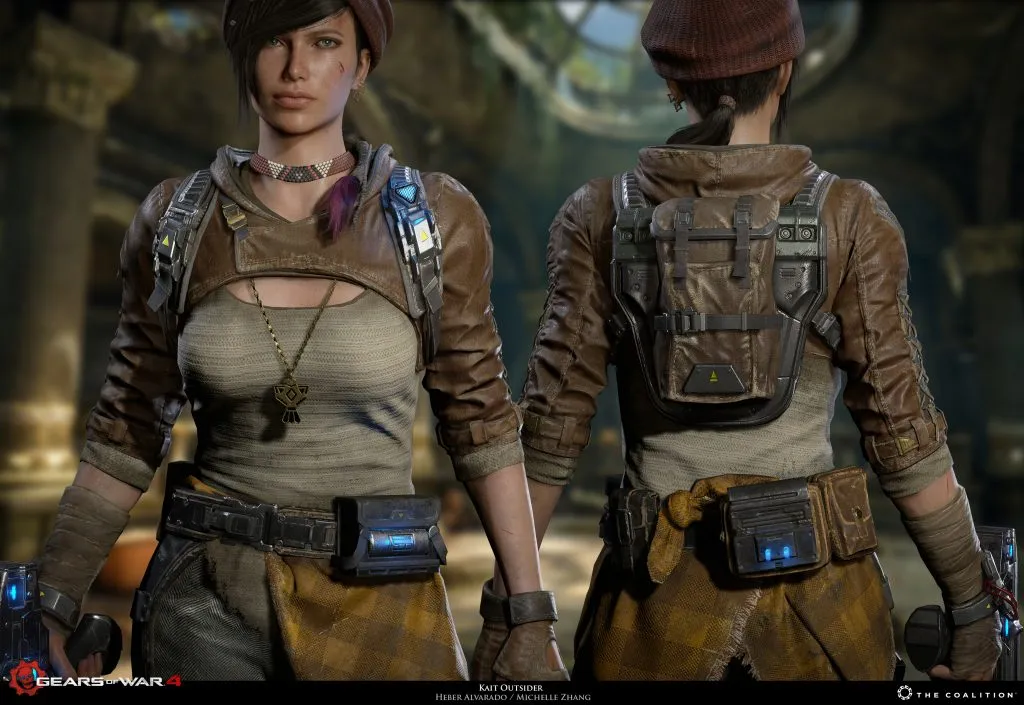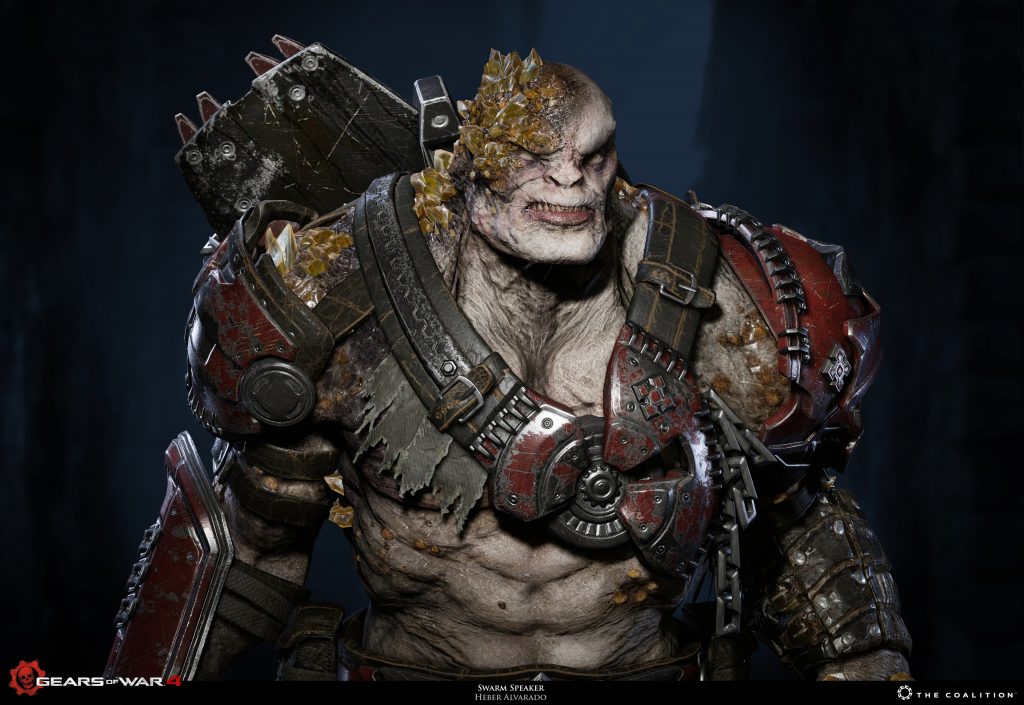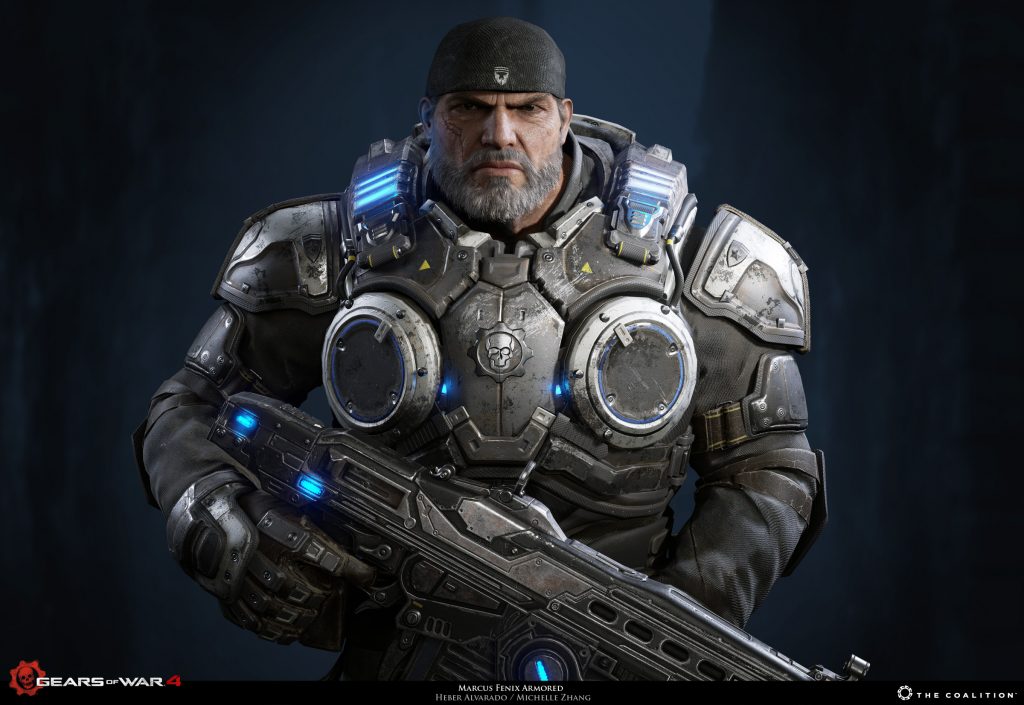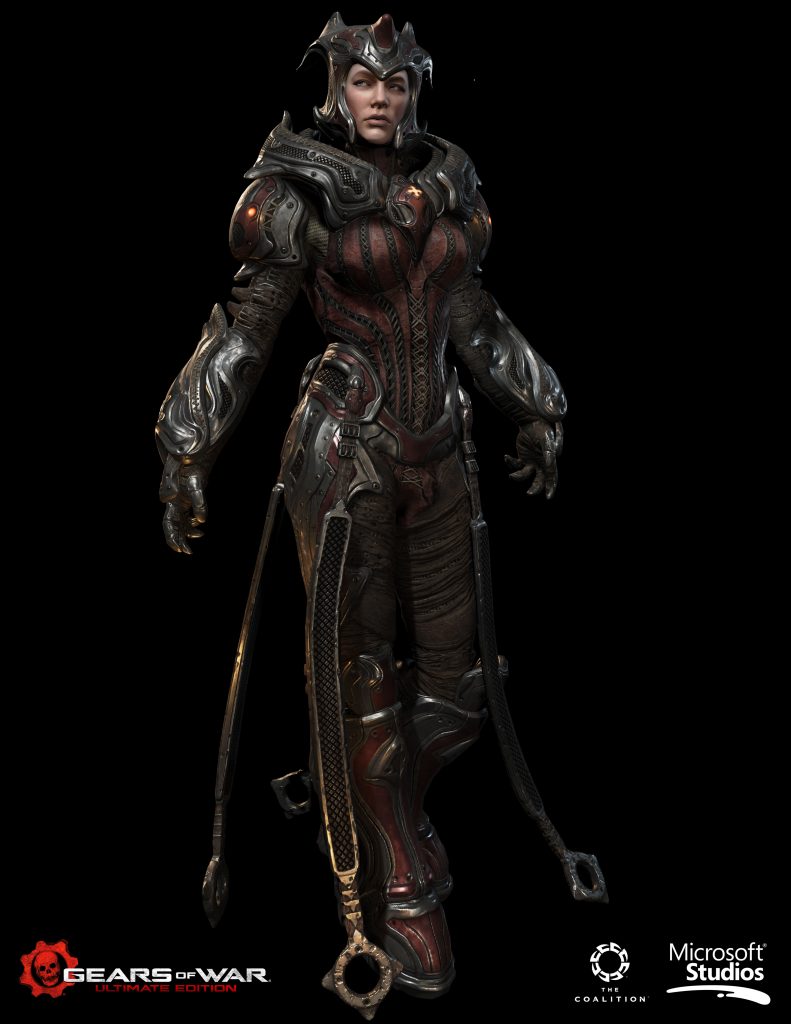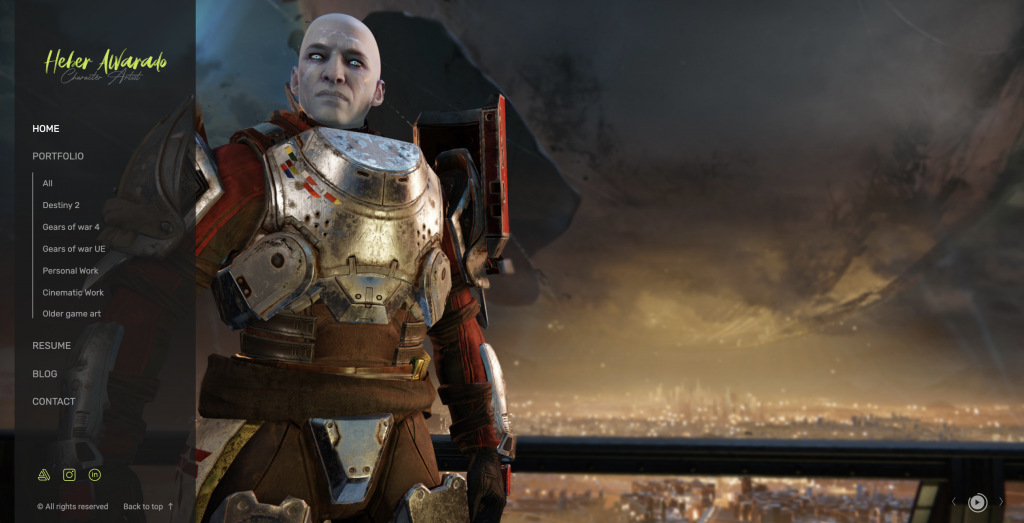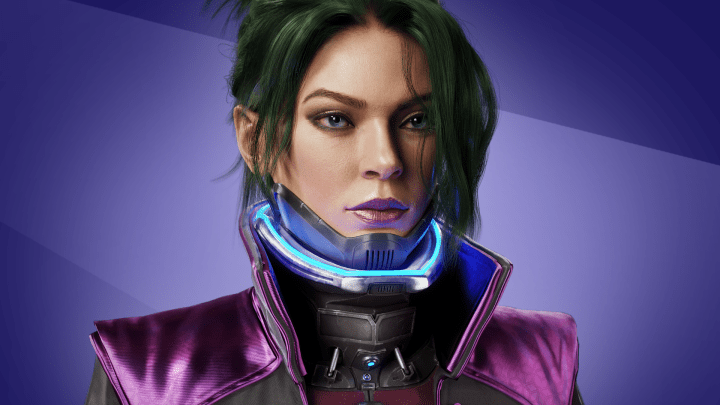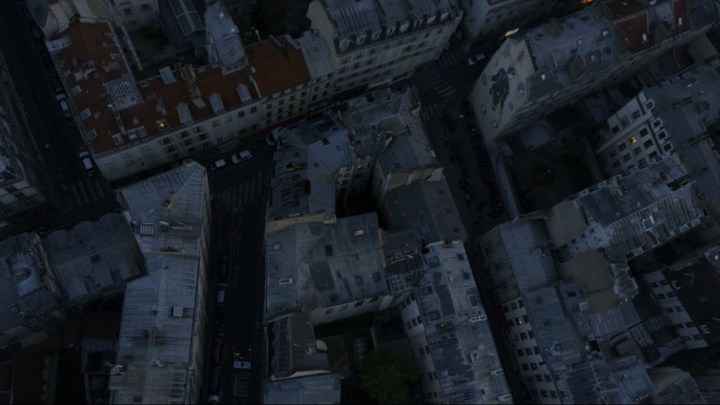Unreal Journey: Character Art
 To help navigate through all the emerging opportunities in 3D, ArtStation and Unreal Engine have put together the Unreal Journey series in collaboration with artists to educate aspiring artists with everything they need to know to succeed.
To help navigate through all the emerging opportunities in 3D, ArtStation and Unreal Engine have put together the Unreal Journey series in collaboration with artists to educate aspiring artists with everything they need to know to succeed.
In this Unreal Journey, explore the exciting role of a 3D character artist.
The Job
As a character artist, you’ll be bringing ideas and designs to life by creating high fidelity 3D characters. Character artists work closely with the concept, technical and animation teams to develop the look and feel of a character for production.
Often, you’ll be expected to be able to match the art style of the project and understand the project’s technical limitations. You’ll work at the intersection of art and technology and must excel in digital painting and sculpting as well as technical problem solving and real-time workflows.
Education
Character artists may be graduates of 3D Design, Film, Fine Arts, Computation Arts, or Animation programs and will have strong modeling, texturing, and lighting skills. To excel, they must master both creative and technical skills.
Most positions will require knowledge and relevant experience with sculpting, modeling, anatomy, and real-time character pipelines.
Conceptual knowledge
- Elements and principles of design
- Composition
- 3D modeling
- Real-world lighting
Read more in the Creator’s Field Guide >
Unreal Success Story: Heber Alvarado
Heber Alvarado first became interested in pursuing a career as a 3D artist on a high school art trip to a local college where he discovered a computer graphics and 3D animation course.
“That week alone planted the seed that continues growing today. Realizing you could make art for films or games on your computer was exciting and challenging but I knew I had to work really hard if I wanted to make that a reality for myself one day.”
Heber went on to enroll in the program and received a job offer from a game studio upon graduation. “This was my first time being exposed to a game engine pipeline, learning to work with shaders, animation, lighting, models, and how it all comes together. The studio I was working for was using mainly proprietary tools. They did the job but they were a little clunky, slow, and iteration was painful. Imagine having to edit several .xml files and then compile the entire game or level, then deploy it to your console in order to see your changes. Crazy right? Well, in those days, it was pretty standard.”
“Fast forward several years later I was given the opportunity at Microsoft to lead a team of artists on updating one of the most successful franchises (Gears of War) for Xbox. Unreal made the entire process a breeze! All the pain I had grown accustomed to and the endless waiting was gone. Here was this beautiful piece of technology that could show me in real-time what my changes were.”
“It made collaboration really fun as well. If the art director wanted to sit with us and edit the colors on an existing piece of armor, no problem. We could do it right there inside the engine! If I had notes to give to a colleague about a certain animation, I could load it up myself and take a look at it on my actual model. I didn’t need to go and get someone to do it for me. It was empowering having all these tools ready to use at my disposal.
I really believe that the tools made the team stronger. It made every single person on our team that much better at their job. Not having to worry about the engine freed up our minds to focus on the craft. I have been making games for a long time and Unreal is still by far my favorite piece of technology. It has grown leaps and bounds from when I first tried it and I am really excited for the future of the tech and where I can see it going!”
Now with over 15 years of experience in the industry working with studios such as Microsoft, Blizzard, EA, and Bungie, Heber has recently transitioned to doing the work he loves as a freelancer.
A Day in the Life
Since his recent career shift, Heber has found himself experimenting more in Unreal Engine and broadening his skillset.
“Just in the past year, I have made the transition to being a full-time freelance artist, I banded together with a couple of close friends put our experience together and offer our services to other studios. My main duty is still to make characters but I feel that the responsibilities I have taken on have become a little broader than that lately, I spend the entire day (and nights usually) sculpting, texturing, lighting, doing feedback for other artists, chatting with my team helping them troubleshoot their work.
Unreal allows small teams to function extremely well! ‘We can make anything but we can’t make everything’ rings true for us. We have only so much limited time in a day to accomplish our goals so being able to iterate fast, share ideas, and work remotely is now easier than ever. The documentation is amazing! I taught myself how to step outside my comfort zones, I can light scenes, make shaders, make a blueprint, troubleshoot animation, etc all these things that in the past I wouldn’t have been comfortable with doing myself because maybe they fell outside my discipline are now possible.”
What To Show in Your Portfolio
1. Show range.
“I am a firm believer in showing range, especially when you are starting out and trying to cover your bases! If your portfolio can show something realistic, something cartoony, and something in between, you are on your way. I mention range because it’s pretty important to show this type of flexibility in your work. It only makes you a stronger candidate for hire.”
2. Demonstrate your understanding of anatomy.
“The ideal portfolio for me contains a good sample of human anatomy. Chances are if you can make good anatomy you can probably make just about anything else.”
3. Include a model based on a 2D concept.
“It should also contain a model that was made from a 2D concept. This is essentially what the job is so you should really know how to interpret shapes, color, and values into a full 3D model.”
4. Try to stand out.
“Show a bit of style and imagination. Find a way to engage and stand out to the people who will be viewing your work! If you have a studio in mind, you could cater some of your work to the type of work that they already do.”
5. Go the extra mile.
“For bonus points, if you can show your character in an animation, that goes a long way for me even if you had help rigging it and animating it! Showing that your model can deform correctly is key. If you also worked with other people to get that done, then it shows an ability to work as a team which is also key for any job in games or film!”
Set up your ArtStation portfolio >
Pro Tip
“Network! I don’t mean going outside because we can’t do that anymore but post your work online, to forums, to social groups and ask for feedback. Don’t ask people to “go easy on you” if you want to make it. You need to build a thick skin and accept feedback in whatever form it arrives (even when it’s not so constructive).
The communities built around art are great! They have amazing people with all sorts of experience that could be beneficial to you in your journey. Don’t be afraid to ask for help and keep a possitive attitude. When you get stuck, walk away and come back later with fresh eyes. Also, drink more water.”
Want to be inspired and find more Unreal artwork?
Get Started
Creator’s Field Guide to Emerging Careers in Interactive 3D
More Unreal Journeys
Artwork by Heber Alvarado for Gears of War 4
